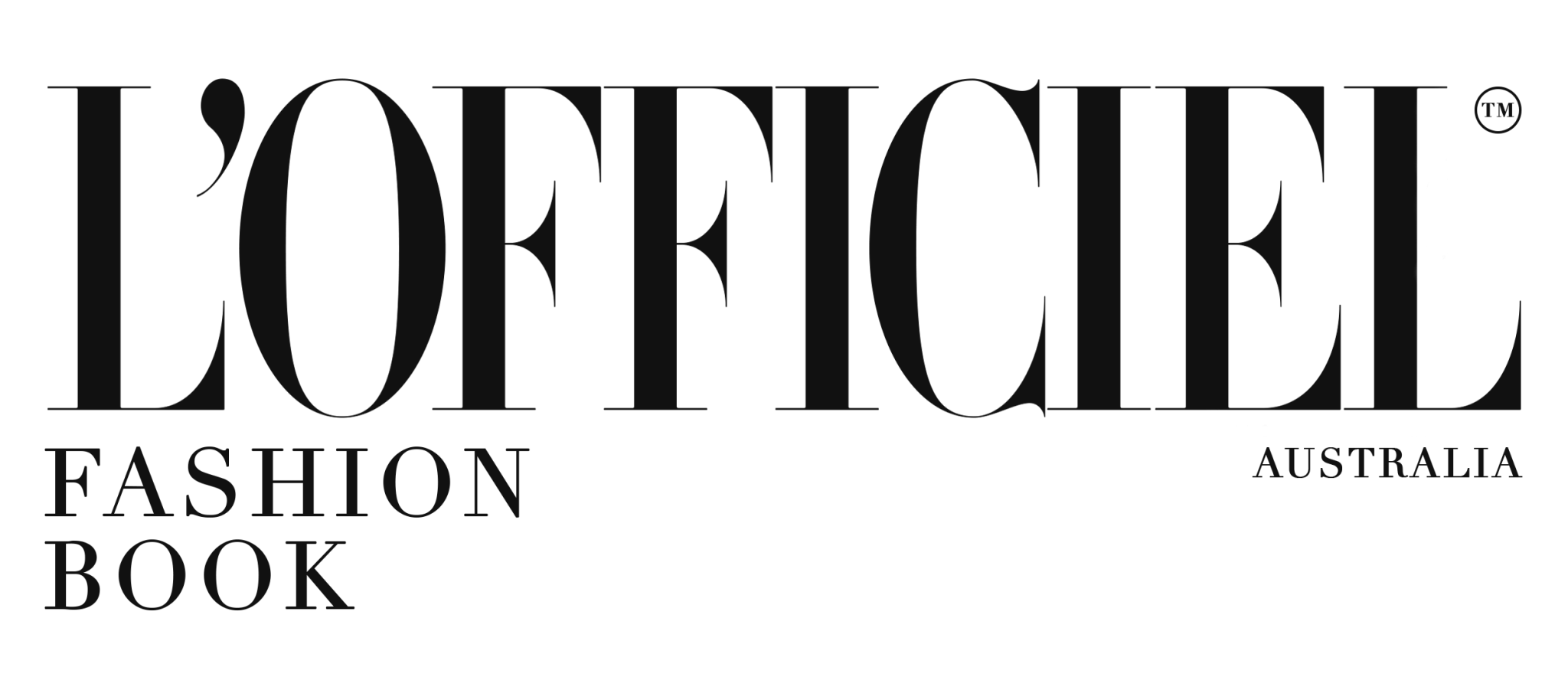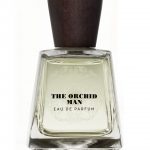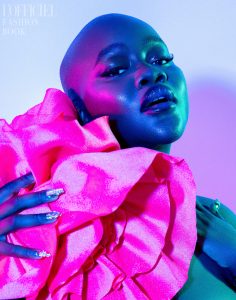
Constant exposure to the sun is one of the biggest risks to our health today by the emission of ultraviolet radiation of different types.
Let ‘s start with the basics. There are three types of rays: UVC , which are the most aggressive, but fortunately cannot penetrate earths atmosphere. UVB rays that are partially blocked by the ozone layer and clouds; but can still cause blisters, burns and are the main cause of skin cancer. Finally, there are UVA rays that are not blocked by clouds, and are the most you must protect, as they reach the deeper layers of our skin, where they activate the production of melanin (responsible for tanning) and destroy collagen, causing premature ageing and discoloration.
… Let’s talk about radiation
Radiation receiving your skin varies depending on various factors such as the distance with equator, height, season, time of day, etc. Thus, in Melbourne and Sydney, at sea level, in summer and at noon are the conditions in which radiation affect the skin more aggressively. That does not mean that living in the city or in the mountains’re not exposed to the rays.
To find out what level of protection is best for you, La Roche-Posay designed My UV Patch . It is a photo-sensor patch which measures the radiation received by your skin on a normal day. You just need to place it on your skin and download an app to your phone to know your levels of sun exposure and customize your protection. You can learn more here.
What filter should I use?
Choosing the right sunscreen depends on your skin type, your level of sun exposure and your preference in texture and application. The Sun Protection Factor (SPF) is important because it measures protection against UVB rays (a factor of 30 to 50 is recommended), however, it is imperative to use a filter spectrum, because it is the only one that includes protection against UVA rays.
Our recommendations:
1. For everyday use, and face protection: UV Essentiel Multi-Protection of Chanel , which besides having an SPF 50 and be broad spectrum, protects against contamination with a creamy texture, rapidly absorbed.
2. For sensitive areas: Super Stick Solaire of Sisley protects the most delicate areas of the face (around the mouth and eyes) with SPF 30 and broad spectrum of application type bar.
3. Makeup: DiorSnow UV Shield of Dior protects from UVA and UVB with a factor 50, while giving the skin a uniform color, with a texture cream type makeup.
4. For the body: Spray Huile Solaire Embellissante of Clarins is an oil that can be used to protect the body and hair. It has broad spectrum and SPF 30, as well as being waterproof for 40 minutes.
5. During the day: Invisible Face Mist of La Roche-Posay facilitates the re-application of sunscreen during the day. Light spray can be applied over makeup to continue protection in the face of both rays with SPF 50.
6. If you practice a sport: Sport UV Defense of Skinceuticals offers UVA / UVB protection with factor 50. Designed for high intensity activities (was tested by marathoners) and resists water up to 80 minutes.
DO NOT FORGET :
- Apply sunscreen before your makeup every day, preferably 20 minutes before leaving.
- Retouch your protector even if your sunscreen guarantees protection all day that is waterproof.
- If you will be exposed to the sun, apply the product every two or three hours. If you swim or perspire, apply more often.
- Cover all areas of your skin exposed to sunlight, including neck and ears.
- If you have sensitive skin, use special filters to your skin type, but never let applying.
- Being tanned or not burn so easily does the immune skin to the sun. It is necessary to protect daily.













No comment yet, add your voice below!